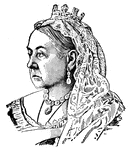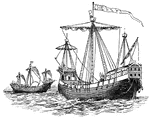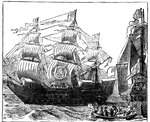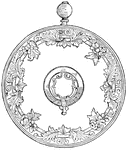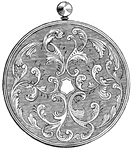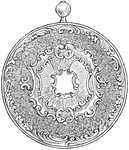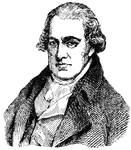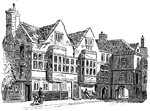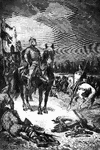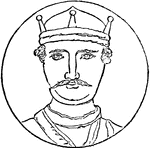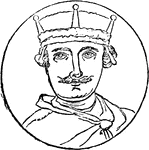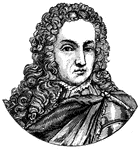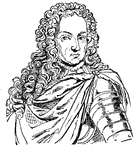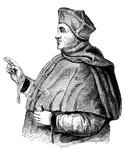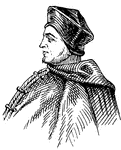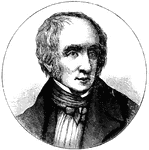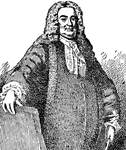
Sir Robert Walpole
A British statesman who is generally known as the first Prime Minister of Great Britain.
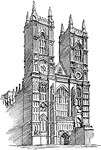
Westminster Abbey
The gothic architecture of Westminster Abbey, the great church in London, England.
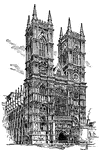
Westminster Abbey
The Collegiate Church of St Peter at Westminster, which is almost always referred to by its original…
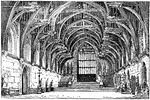
Interior of Westminster Hall
"Next to the Tower and the Abbey, Westminster Hall, adjoining the House of Parliament, is the most historic…
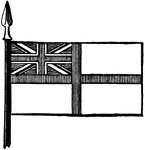
White Ensign
The White Ensign is a flag of Great Britain. It is the peculiar flag of the royal navy.
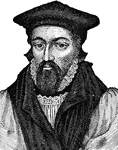
Archbishop John Whitgift
John Whitgift (c. 1530 – February 29, 1604) was Archbishop of Canterbury from 1583 to his death. Noted…
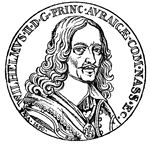
King William II (Rufus) of England
William II (c. 1056 – 1100), the third son of William I of England, was King of England from 1087…
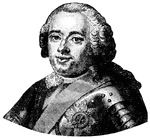
King William IV of England
William IV (1765 – 1837) was King of the United Kingdom of Great Britain and Ireland and King of Hanover…

James Wolfe
A British Army officer known for his victory over the French in Canada during the early 18th century.
